Eye Protection Guide
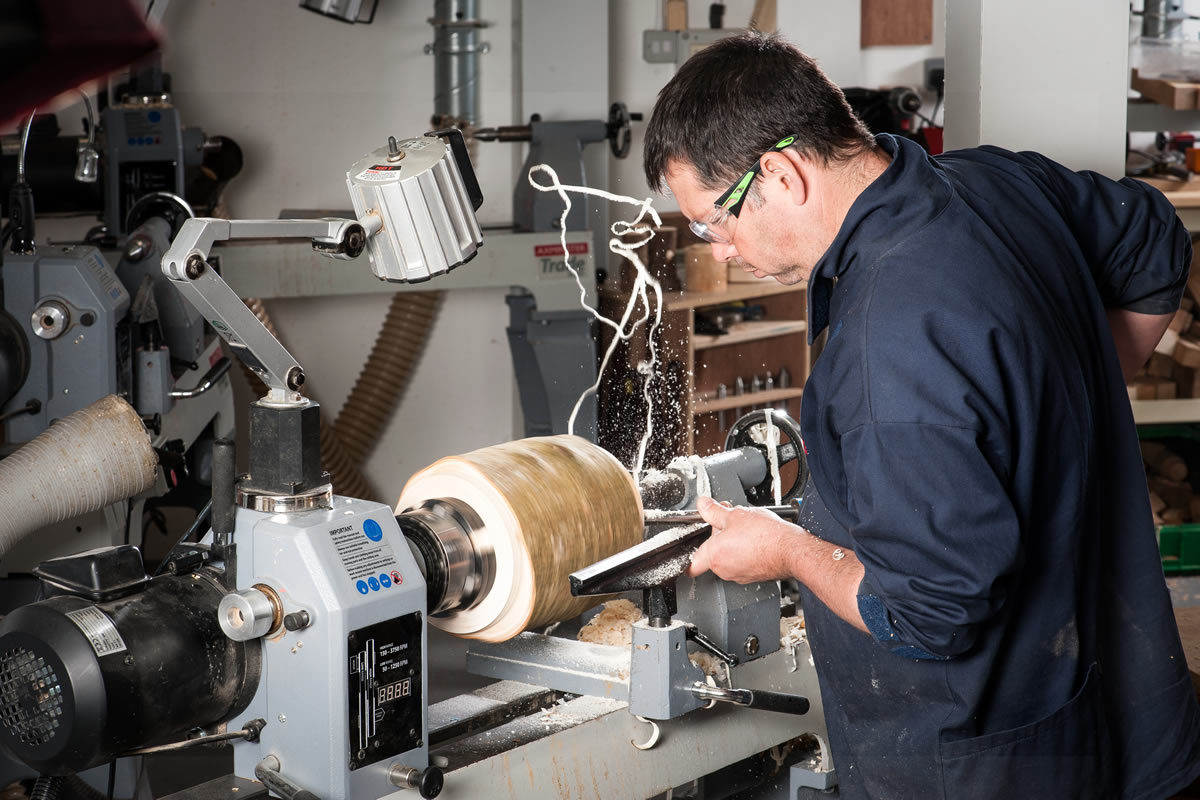
Our range of protective eyewear will help protect you while on site, in the workshop or garden.
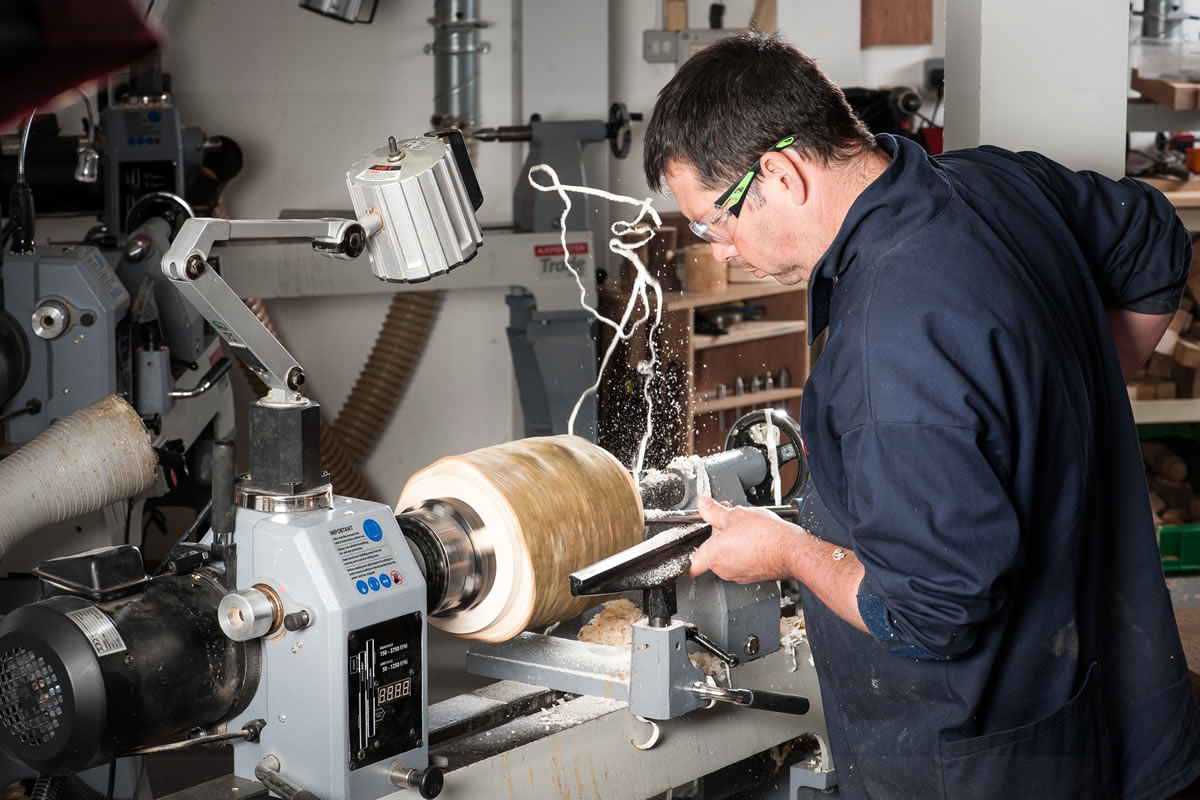
As a "Rule of Thumb"...

Goggles (grade B) should be used for protection against potential risk from higher speed materials or particles, such as with cutting or grinding; equipment or activities that involve explosive force or pressure.

Spectacles should be used at all other times, or as required by site or company policy.
EN 166 Personal Eye Protection Classification
This applies to all eye protectors and ensures they are manufactured to a specific standard. The specific EN 166 markings should be considered when choosing your protective eyewear -
Optical Class
A dioptre is the measurement of the optical power of a lens. Glasses for mild short-sightedness normally require lenses of about -1.00 to -3.00 dioptres.
A class 1 lens will have no measurable power to it. It will neither magnify nor reduce what you are looking at.
1 - Refractive tolerance ±0.06 dioptre
2 - Refractive tolerance ±0.12 dioptre
3 - Refractive tolerance ±0.12-0.25
N - Mist resistant
K - Scratch resistant
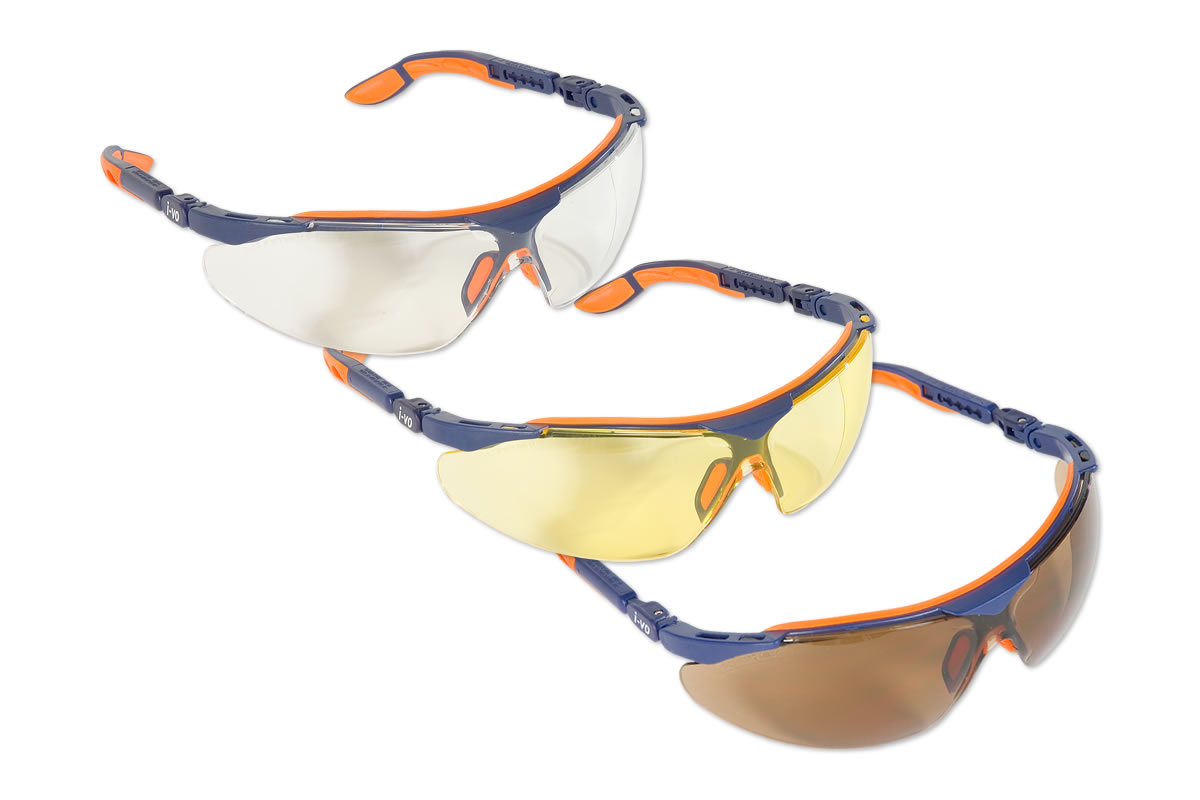
Clear - for use with good light levels
Amber - for use in low level light levels
Sunglare - for use in high light levels where sunlight can be a hazard
Silvered - for use where the work takes you both inside and out
Field of Use For Protective Eyewear
These tell you what the eyewear is designed to deal with. It relates to the frame, as it is the fit to the face that dictates the standard
3 - Liquids (chemical)
4 - Large dust particles
5 - Gas & fine dust particles
8 - Short circuit electric arc
9 - Molten metals & hot solids
Mechanical Strength
To achieve the standard, the eyewear must not only withstand the force indicated but also remain in place. The eyewear - while being worn by a dummy - is tested by firing a ball bearing towards it. 45m/s equates to 100mph and 120m/s equates to 260mph.
S - General purpose (12m/s)
F - Low energy impact (45m/s)
B - Medium energy impact (120m/s)
Personal Protective Equipment (PPE) should really only be used as a last resort. Ideally the hazard should be controlled at source. Where this is not possible it is essential that the correct level of protection should be selected, bearing in mind the hazard, the length of exposure and the working environment. Many of these have criteria laid down by the HSE. Our guides are only an aid to selection; for full guidance on approved products we would advise that you consult the appropriate code of practice issued by the HSE.



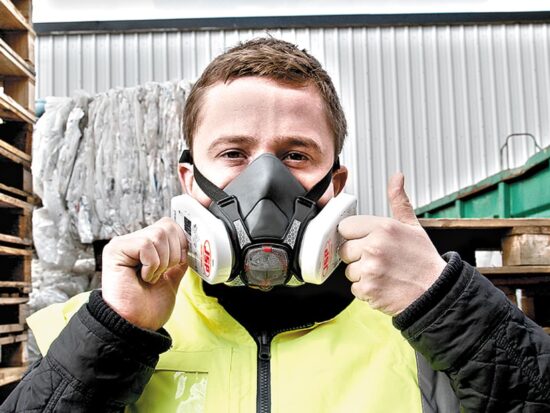
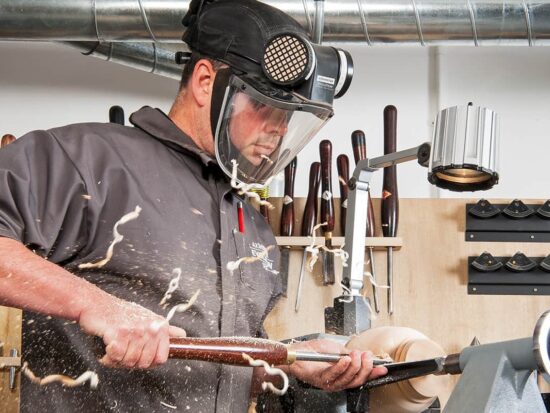
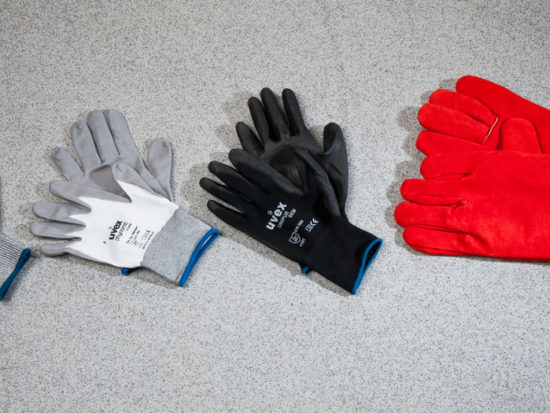
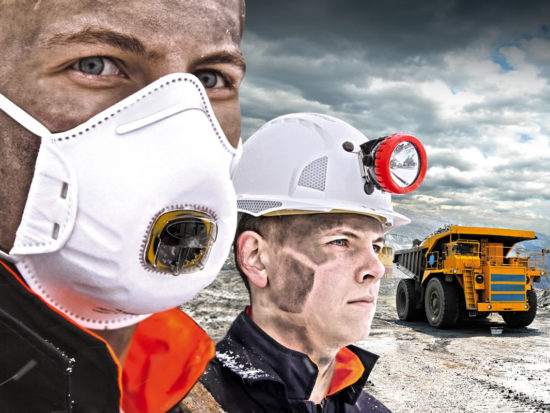
I would add one other factor namely size. I used to use fairly large eye protectors but found that, because of the large amount of skin covered, they would mist up very easily. In comparison, smaller glasses such as 3M Virtua cover very little skin around the eyes and hardly mist up at all.
good blog